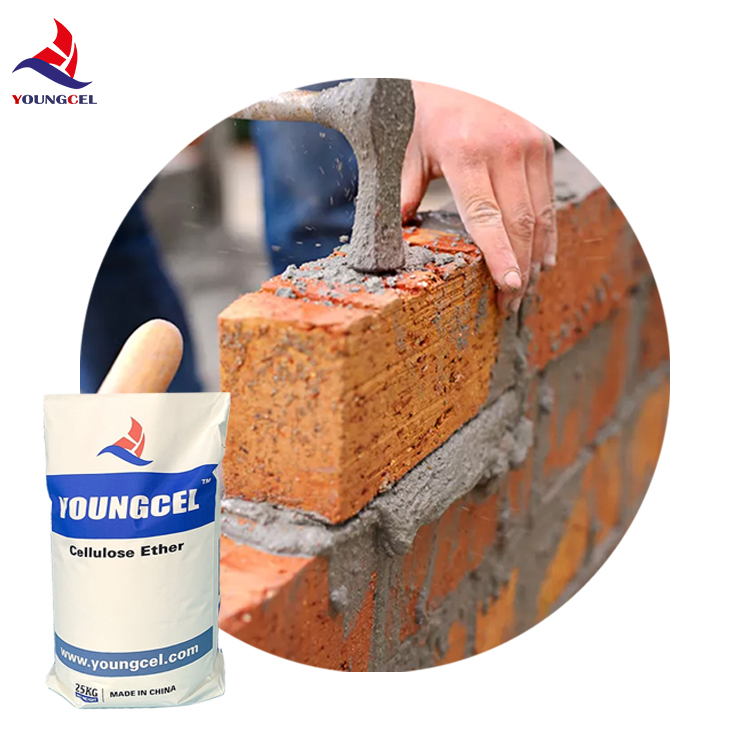Hydroxypropyl Methylcellulose (HPMC) Understanding its Role in Chemical Applications
Hydroxypropyl Methylcellulose (HPMC) is a versatile cellulose ether that has gained significant attention in various industrial applications, ranging from pharmaceuticals to food and construction. Known for its unique physical and chemical properties, HPMC stands out as an essential ingredient in many formulations. This article aims to explore the characteristics, applications, and benefits of HPMC, highlighting its importance across several sectors.
What is HPMC?
Hydroxypropyl Methylcellulose is derived from natural cellulose, a biopolymer obtained from plant cell walls. Through chemical processes, cellulose is modified by introducing hydroxypropyl and methyl groups, thereby altering its solubility and thermal properties. The resulting polymer is a non-ionic, water-soluble compound that can form gel-like structures in aqueous solutions, making it highly useful in a myriad of applications.
Properties of HPMC
HPMC possesses several important properties, including
1. Solubility HPMC is soluble in water, forming clear solutions. This property makes it particularly useful for applications requiring uniform dispersion of active ingredients.
2. Viscosity Depending on its molecular weight and the degree of substitution, HPMC can produce solutions with varying viscosities. This ability to control viscosity is crucial in formulations where the desired thickness or texture must be achieved.
3. Film-Forming Capability HPMC can create thin, flexible films when dried, providing a barrier against moisture and acting as a protective coating for various substances.
chemic cellulos hpmc hydroxypropyl methyl

4. Thermal Stability HPMC exhibits significant thermal stability, rendering it suitable for high-temperature processing in production.
5. Biocompatibility Given its natural origin, HPMC is generally recognized as safe (GRAS) and is compatible with a wide range of bioactive compounds, making it particularly valuable in pharmaceutical formulations.
Applications of HPMC
1. Pharmaceutical Industry In pharmaceuticals, HPMC serves multiple roles, including as a binding agent, film former, and thickening agent in tablet formulations and drug delivery systems. Its ability to control the release of active pharmaceutical ingredients (APIs) enhances the efficacy of medications, particularly in sustained release formulations.
2. Food Industry HPMC finds extensive use in the food industry as a thickener, emulsifier, and stabilizer. Its fat replacer properties help reduce calorie content in low-fat products, while also improving texture and mouthfeel. It is also used in gluten-free baking to improve the dough's elasticity and moisture retention.
3. Construction Industry In construction, HPMC is used as an additive in cement-based products, such as tile adhesives and mortars. It enhances workability, allows for easier application, and improves the water retention of mortars, ensuring better adhesion and longevity.
4. Personal Care Products In personal care products like lotions and creams, HPMC acts as a thickener and emulsion stabilizer, contributing to the desirable viscosity and texture of various formulations.
Conclusion
Hydroxypropyl Methylcellulose is a remarkable ingredient with diverse applications spanning multiple industries. Its unique properties, such as solubility, viscosity control, and film-forming capabilities, make it a valuable component in pharmaceuticals, food, construction, and personal care products. As industries continue to evolve and sustainability becomes more critical, the reliance on biocompatible and versatile compounds like HPMC will likely increase, paving the way for innovative applications that harness its exceptional qualities. By understanding and leveraging the benefits of HPMC, manufacturers can enhance product performance and meet the ever-changing demands of consumers.
-
Premium Detergent Grade HPMC Hydroxypropyl Methylcellulose: Superior Thickening & StabilityNewsAug.31,2025
-
HEC 100000 Hydroxyethylcellulose for Paint | Superior ThickeningNewsAug.30,2025
-
Wall Putty Rdp Powder Packaging DesignNewsAug.29,2025
-
Introduction to Hpmc Hydroxypropyl Methyl CellulosNewsAug.29,2025
-
Hpmc Industri Grade IntegrationNewsAug.29,2025
-
How to Choose the Right Construction AdhesiveNewsAug.29,2025




